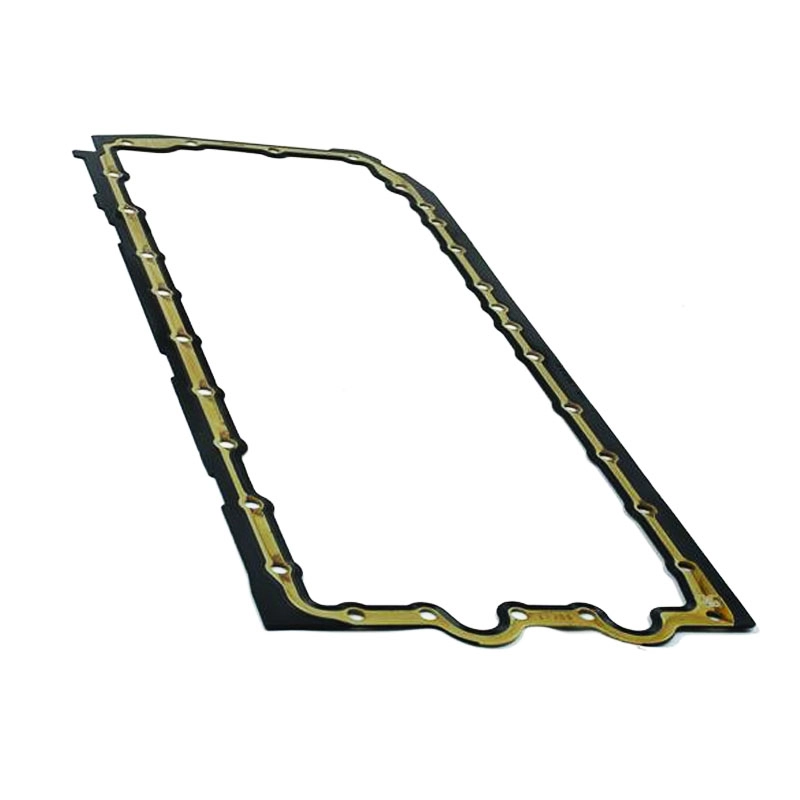727 dipstick tube seal
Understanding the 727 Dipstick Tube Seal Importance and Replacement
The 727 dipstick tube seal plays an essential role in the proper functioning of the automotive transmission system. While it may seem like a minor component, it has significant implications for the efficiency, performance, and longevity of an engine. This article explores the importance of the dipstick tube seal, common issues that arise when it fails, and how to replace it.
What is a Dipstick Tube Seal?
The dipstick tube is a crucial part of a vehicle’s transmission system. It allows for easy checking of the transmission fluid level. The dipstick tube seal, located at the point where the dipstick tube connects to the transmission, serves as a barrier that prevents transmission fluid from leaking out. This seal is made from rubber or other durable materials, designed to withstand the heat and pressure within the engine bay.
Importance of the Dipstick Tube Seal
1. Fluid Retention The primary function of the dipstick tube seal is to ensure that the transmission fluid remains contained within the system. Transmission fluid is vital for lubricating and cooling the internal components of the transmission, and any leakage can lead to insufficient fluid levels.
2. Maintaining Transmission Performance A properly sealed dipstick tube helps maintain optimal transmission fluid levels, which is crucial for the smooth operation of the transmission. Low fluid levels can lead to poor shifting, overheating, and ultimately, costly damage to the transmission.
3. Preventing Contamination The seal also prevents dirt, debris, and other contaminants from entering the transmission system. Contaminated fluid can cause wear and tear on internal components, leading to decreased efficiency and potential mechanical failures.
Common Issues with Dipstick Tube Seals
Over time, the dipstick tube seal can wear out due to exposure to heat, chemicals, and environmental factors. Common signs of a failing seal include
- Fluid Leaks The most obvious sign is the presence of transmission fluid pooling underneath the vehicle. This indicates that the seal has failed, and fluid is escaping.
- Low Fluid Levels Regularly finding the transmission fluid is low might suggest a leak at the dipstick tube seal. It’s crucial to check fluid levels routinely as part of regular vehicle maintenance.
727 dipstick tube seal

- Unusual Sounds If the transmission is making whining or grinding noises, it may be a result of low fluid levels caused by a leaking seal
.Replacing the Dipstick Tube Seal
If you suspect that your dipstick tube seal is failing, it’s essential to address the issue promptly to prevent further damage to your transmission. Replacing the dipstick tube seal is a straightforward process that can be done by a knowledgeable DIYer or a professional mechanic. Here’s a simple guide to the replacement process
1. Gather Tools and Materials You will need a new dipstick tube seal, a socket set, a wrench, and possibly some gasket maker or RTV sealant.
2. Access the Dipstick Tube Safely lift the vehicle using a jack and jack stands. Locate the dipstick tube at the transmission.
3. Remove the Dipstick Tube Disconnect any retaining bolts or clips holding the dipstick tube in place. Carefully pull the dipstick tube out from the transmission.
4. Replace the Seal Remove the old seal and clean the area where the seal sits. Install the new seal onto the dipstick tube or into the transmission, ensuring it is seated properly.
5. Reassemble Reinsert the dipstick tube back into its place and secure it with the retaining hardware.
6. Check Fluid Levels Once reassembled, ensure that you check and refill the transmission fluid as necessary, following your vehicle manufacturer’s recommendations.
Conclusion
The 727 dipstick tube seal, while a small component, plays a significant role in the overall health of your vehicle’s transmission system. Regular maintenance checks for signs of wear and immediate replacement in case of failure can save you from more extensive and costly repairs. Understanding the importance of this small yet vital part can ensure the longevity and efficiency of your vehicle’s performance.
-
Simplifying Oil Changes: A Comprehensive Guide to Oil Drain Plugs and Their Variants
News Aug.04,2025
-
Mastering Oil Drain Maintenance: Solutions for Stripped, Worn, and Upgraded Oil Plugs
News Aug.04,2025
-
Fixing Oil Pan Plug Issues: Leaks, Stripped Nuts, and the Right Replacement Solutions
News Aug.04,2025
-
Everything You Need to Know About Oil Drain Plugs: Sizes, Fixes, and Upgrades
News Aug.04,2025
-
Choosing the Right Oil Drain Plug: A Guide to Sizes, Materials, and Drain Innovations
News Aug.04,2025
-
A Complete Guide to Automotive Drain Plugs: Types, Problems, and Innovative Solutions
News Aug.04,2025
-
The Ultimate Guide to Car Repair Kits: Tools and Essentials Every Driver Should Own
News Aug.01,2025
Products categories















